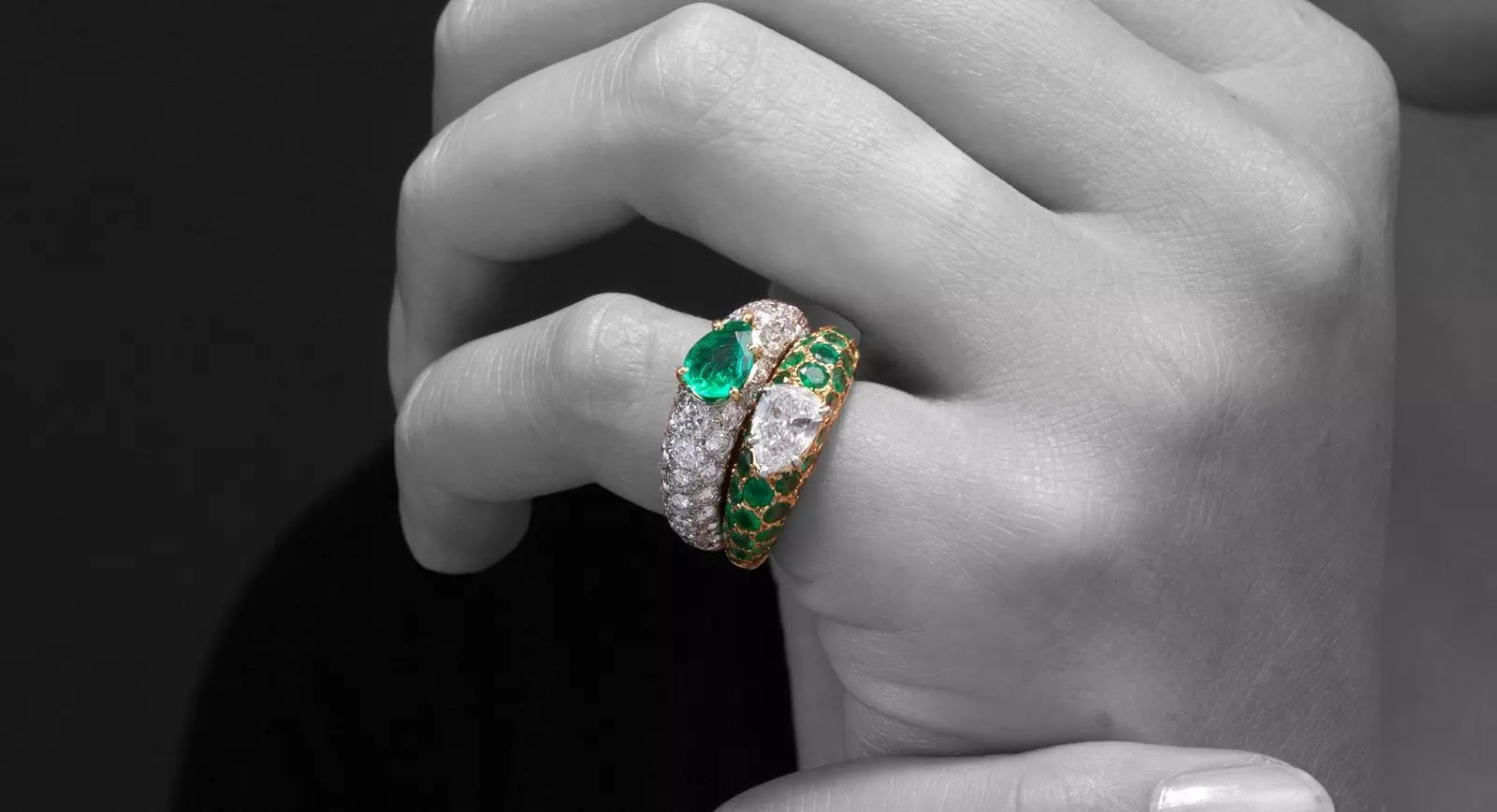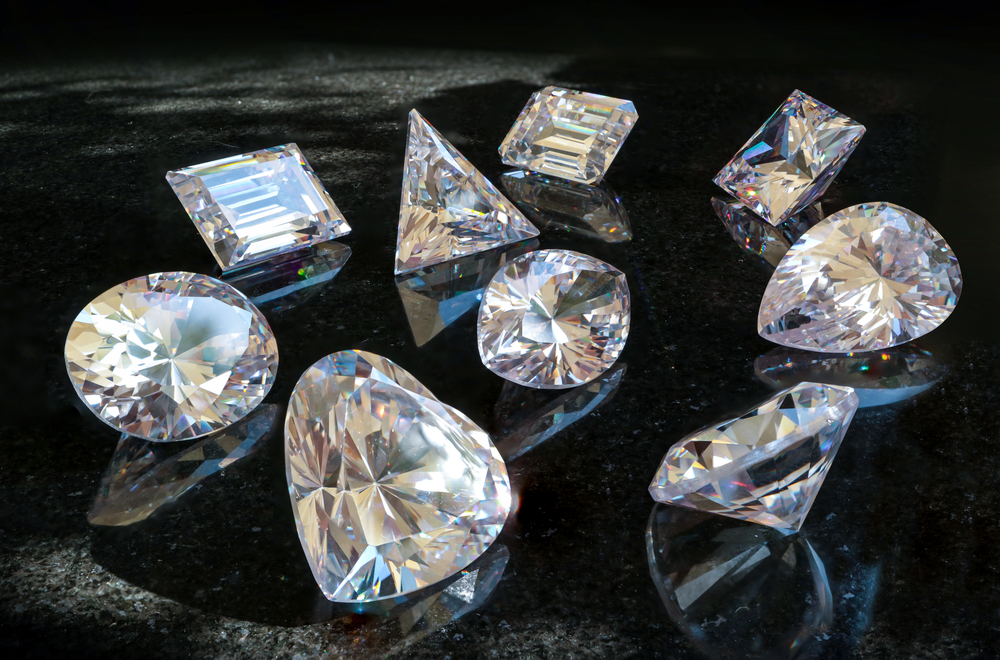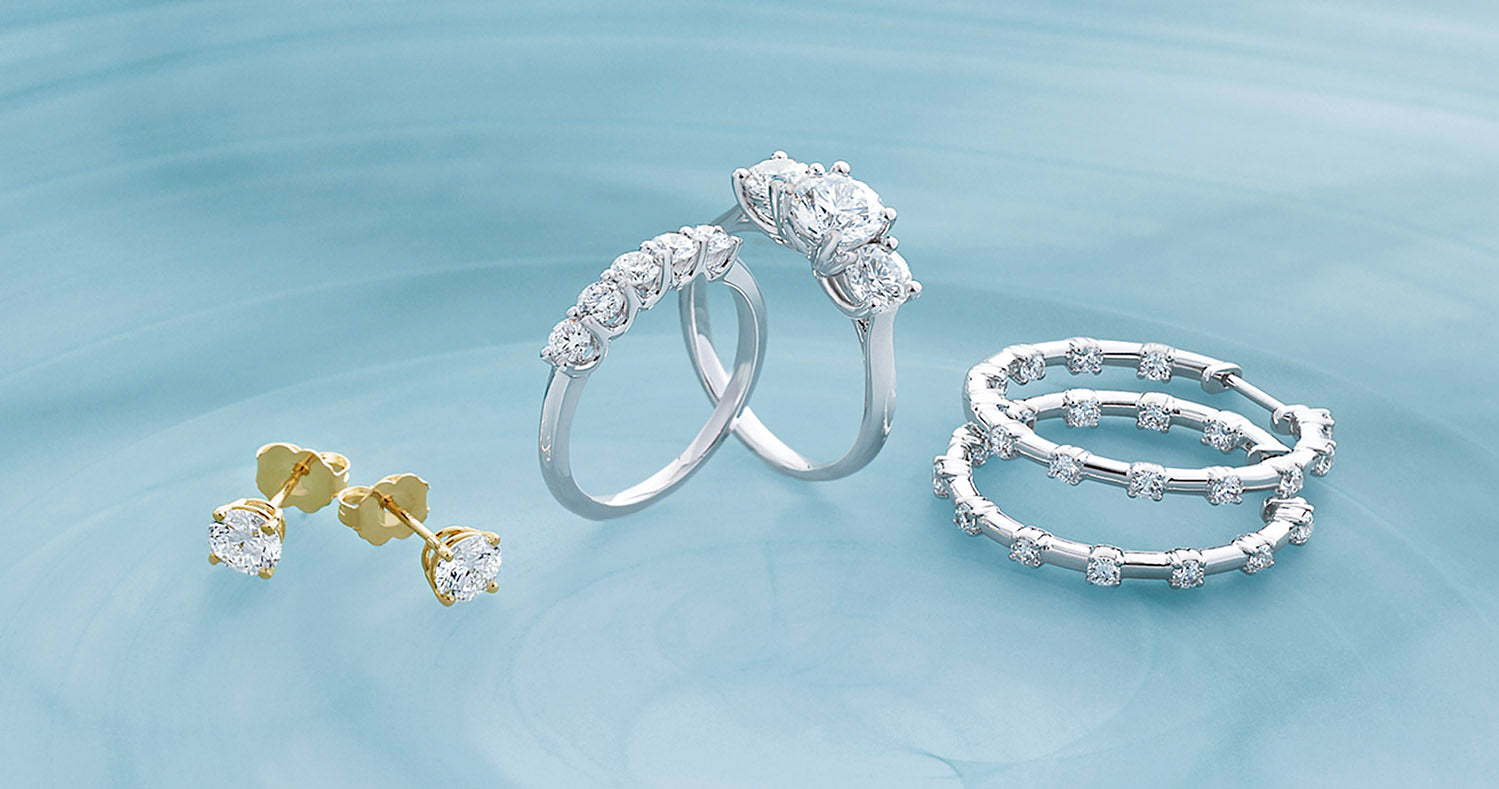In recent years, lab grown diamonds have emerged as a more sustainable and ethical alternative to traditional mined diamonds. With growing awareness around the environmental and ethical challenges of diamond mining, many consumers are turning to lab grown diamonds as a responsible choice. The World Wildlife Fund (WWF), an organization that works towards conserving nature and reducing the impact of human activities on the planet, has also voiced support for initiatives that promote sustainable practices. This article explores the connection between lab grown diamonds and wwF, highlighting the role of lab grown diamonds in advancing environmental conservation and ethical sourcing.
What Are Lab Grown Diamonds?
Lab grown diamonds, also known as synthetic or man-made diamonds, are diamonds created in a controlled laboratory environment that replicates the high-pressure, high-temperature conditions found deep within the Earth. Through processes like High Pressure High Temperature (HPHT) and Chemical Vapor Deposition (CVD), lab grown diamonds are formed from carbon atoms, just like mined diamonds. They share the same physical, chemical, and optical properties, making them virtually indistinguishable from natural diamonds.
As consumers become more conscious of the environmental and ethical concerns surrounding diamond mining, lab grown diamonds are gaining traction. These diamonds are often seen as a more sustainable and eco-friendly alternative. WWF has supported the promotion of products that have minimal negative impacts on the planet, making lab grown diamonds a natural fit for their sustainability goals.
The Environmental Impact of Diamond Mining
Traditional diamond mining has long been associated with significant environmental damage. Mining operations can lead to deforestation, soil erosion, water contamination, and loss of biodiversity. The energy-intensive process of extracting diamonds from the Earth also contributes to greenhouse gas emissions, further exacerbating climate change. In addition to the environmental consequences, mining can also cause habitat destruction for endangered species, impacting wildlife populations and threatening ecosystems.
WWF has consistently advocated for minimizing the environmental footprint of human activities, particularly in industries like mining. As diamond mining poses a significant threat to biodiversity and natural habitats, WWF supports initiatives that reduce these harmful effects. Lab grown diamonds offer a solution by eliminating the need for mining, making them a far more environmentally friendly option for consumers who are concerned about the planet’s health.
WWF’s Commitment to Sustainability and Ethical Sourcing
The WWF is committed to promoting sustainable practices across various industries, including the jewelry sector. Their efforts focus on ensuring that natural resources are used responsibly, and that industries minimize their environmental and social impacts. WWF has supported initiatives such as the Kimberley Process, which aims to prevent the trade of conflict diamonds, and they continue to push for greater transparency in the sourcing of all types of diamonds.
In alignment with WWF’s mission, lab grown diamonds stand out as a more ethical and sustainable choice. Since they do not require mining, they significantly reduce the environmental and social costs associated with diamond extraction. By promoting the use of lab grown diamonds, WWF helps shift the diamond industry toward more responsible practices. This shift also supports ethical labor practices, as the production of lab grown diamonds does not rely on exploitative labor or unsafe working conditions often associated with traditional diamond mining.
How Lab Grown Diamonds Contribute to WWF’s Environmental Goals
Lab grown diamonds contribute to WWF’s environmental goals in several key ways. First, by eliminating the need for traditional diamond mining, they reduce the environmental degradation caused by extraction processes. The production of lab grown diamonds requires less land and water usage and generates fewer carbon emissions compared to the mining industry. As a result, lab grown diamonds are a more eco-friendly alternative that aligns with WWF’s focus on reducing humanity’s impact on nature.
Furthermore, lab grown diamonds have a smaller carbon footprint. Advances in technology and energy sourcing mean that many labs producing diamonds today are transitioning to renewable energy sources. This transition helps minimize the environmental impact of diamond production, making lab grown diamonds an even more sustainable option. WWF’s endorsement of sustainable practices in the diamond industry encourages manufacturers to adopt greener technologies, further reducing their ecological impact.
Lab Grown Diamonds and the Future of Ethical Jewelry
The future of the jewelry industry looks promising, thanks to the rise of lab grown diamonds. As consumers increasingly prioritize sustainability and ethical sourcing, the demand for lab grown diamonds is expected to continue to grow. This shift in consumer preferences supports WWF’s vision of a future where industries prioritize environmental conservation and ethical practices.
Lab grown diamonds provide an ethical alternative to mined diamonds, offering consumers a choice that aligns with their values. By promoting lab grown diamonds, WWF helps ensure that future generations can enjoy the beauty of diamonds without sacrificing the planet’s health or the well-being of vulnerable communities. As more jewelry brands embrace lab grown diamonds, the industry is moving toward greater sustainability and transparency, which is a major win for both consumers and the environment.
The Role of Consumers in Supporting Sustainability
Consumers play a crucial role in driving change within industries. By choosing lab created diamonds, consumers send a powerful message to the market that sustainability and ethical sourcing are important considerations. The growing popularity of lab grown diamonds reflects a broader shift toward conscious consumerism, where people are making purchasing decisions based on their values and the impact those purchases have on the world.
WWF encourages consumers to make informed decisions and support companies that are committed to sustainability and responsible sourcing. By choosing lab grown diamonds, consumers can help reduce the environmental destruction caused by traditional diamond mining and support a more ethical, transparent, and sustainable diamond industry.
The Future of Lab Grown Diamonds and WWF’s Impact
As lab grown diamonds continue to gain popularity, their impact on the diamond industry and the environment will only increase. The partnership between lab grown diamonds and organizations like WWF has the potential to transform the jewelry market. With WWF’s support, lab grown diamonds are well-positioned to play a key role in creating a more sustainable and ethical future for the industry.
WWF’s advocacy for sustainable practices and ethical sourcing aligns closely with the benefits of lab grown diamonds. By promoting lab grown diamonds, WWF helps pave the way for a future where consumers can enjoy beautiful, high-quality diamonds without compromising their values. As the demand for sustainable products grows, lab grown diamonds are set to become a major part of the global jewelry market, benefiting both people and the planet.
Conclusion
Lab grown diamonds offer a sustainable, ethical, and environmentally friendly alternative to mined diamonds. As WWF continues to advocate for sustainable practices and ethical sourcing, lab grown diamonds align with their mission to protect the environment and promote responsible industries. With the support of organizations like WWF, lab grown diamonds are poised to revolutionize the diamond industry, offering consumers a responsible way to enjoy the beauty and brilliance of diamonds while minimizing their impact on the planet. By choosing lab grown diamonds, consumers can help support WWF’s goals and contribute to a more sustainable and ethical future for the jewelry industry.

















